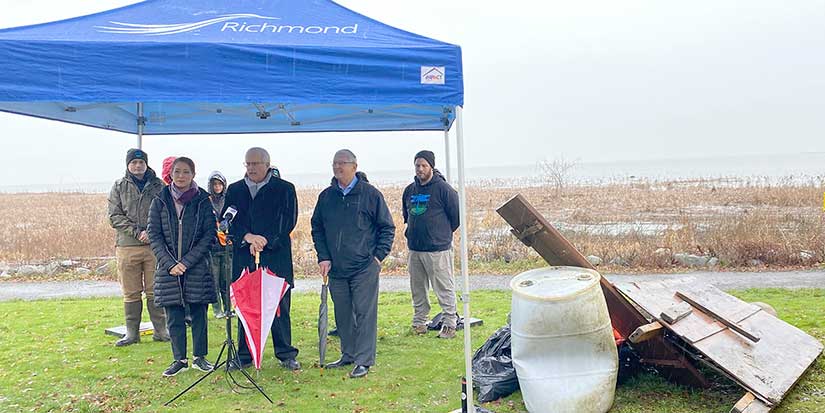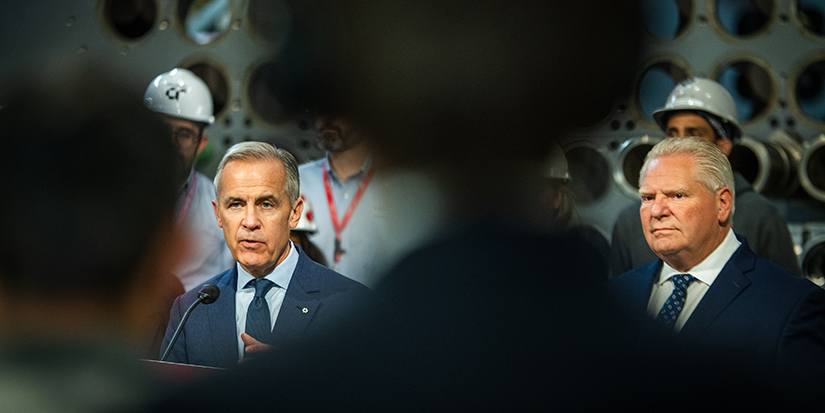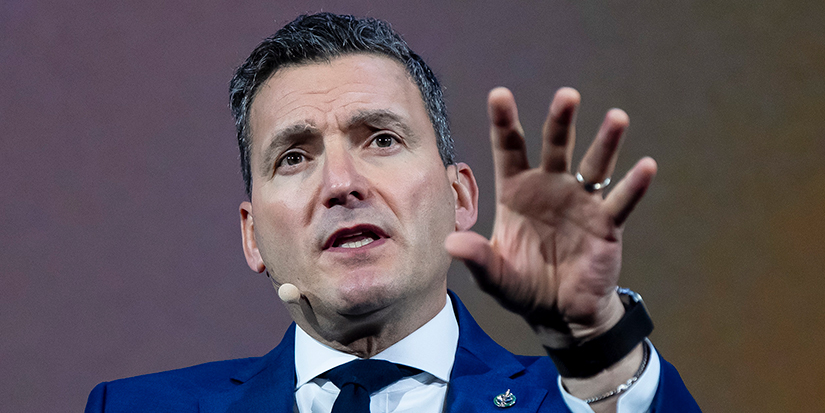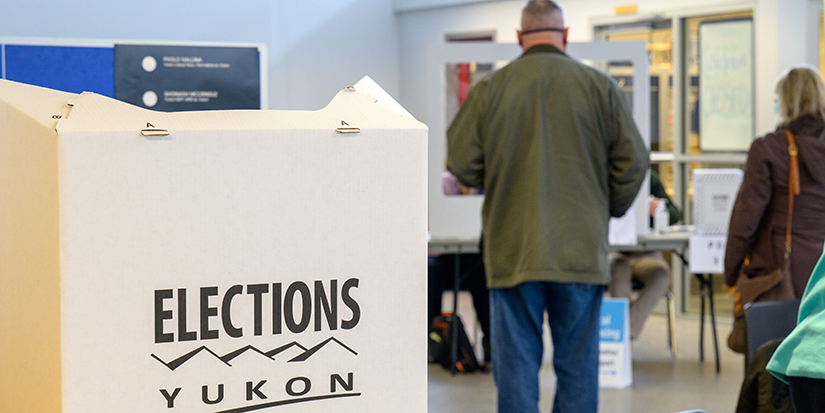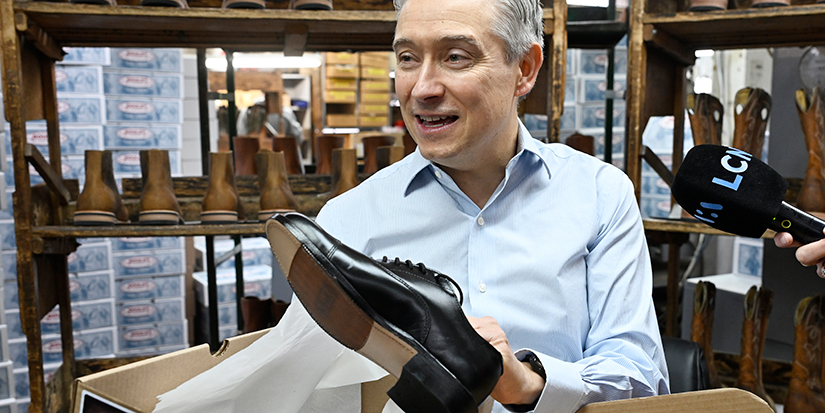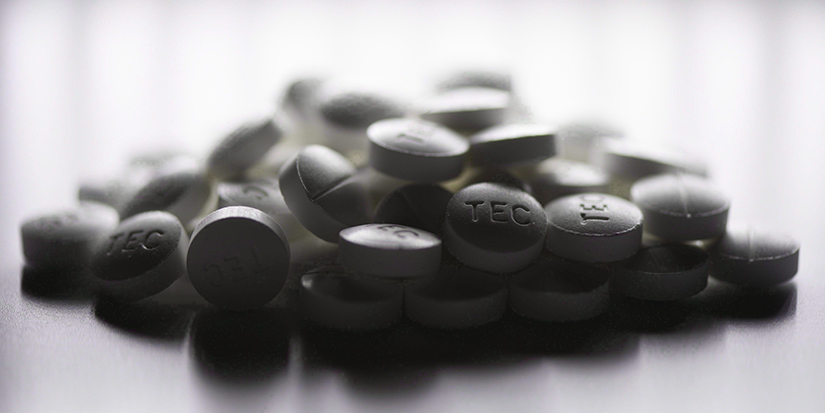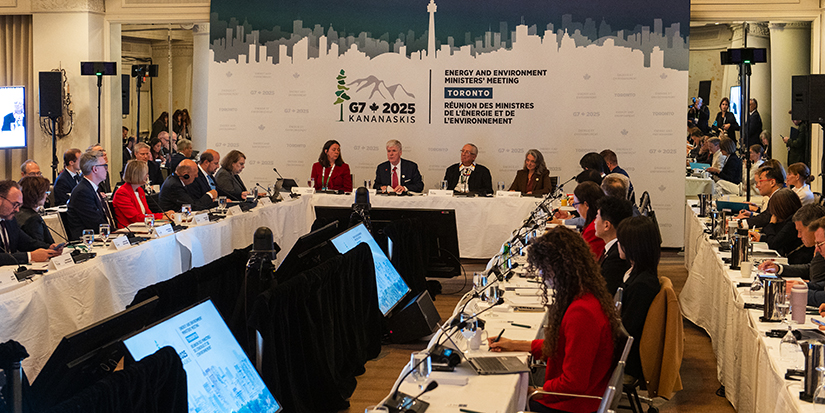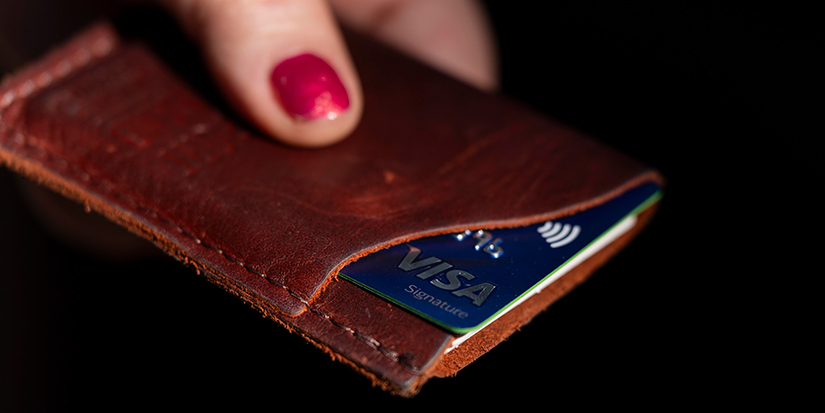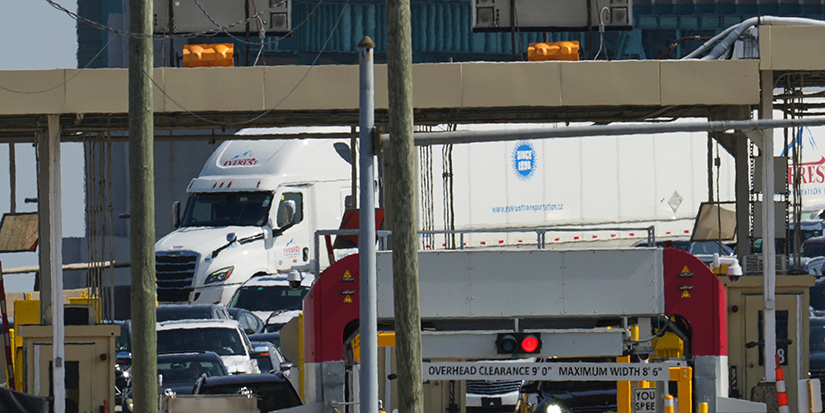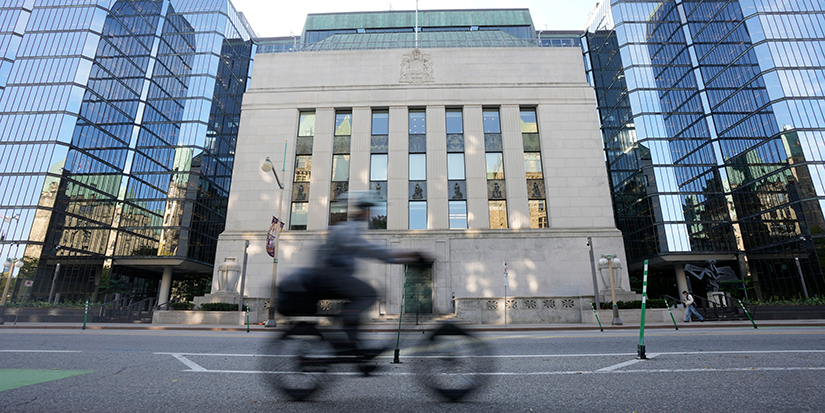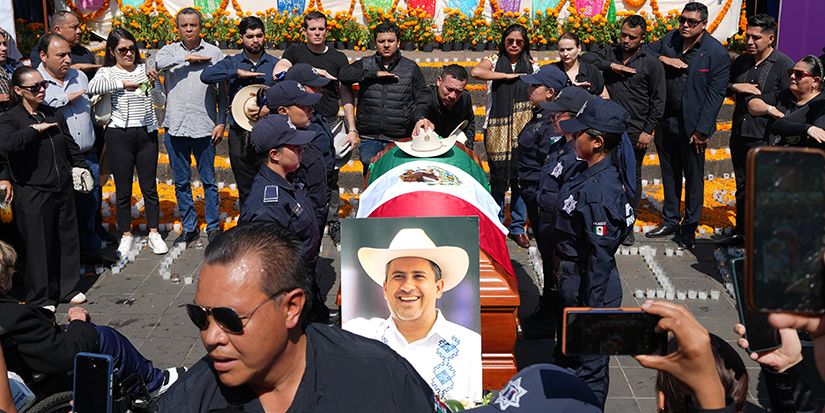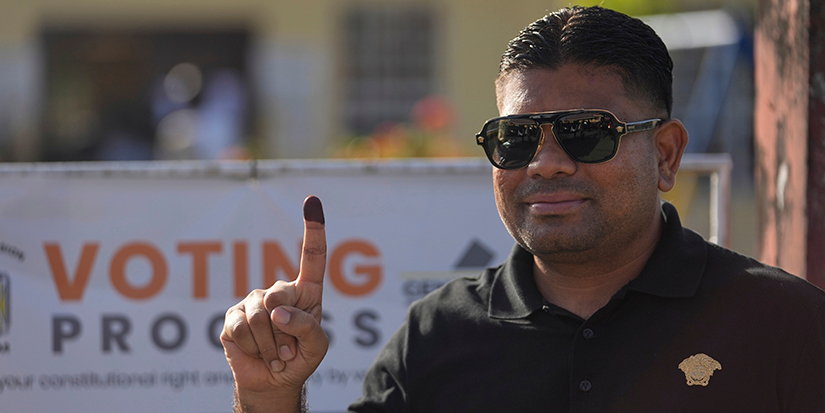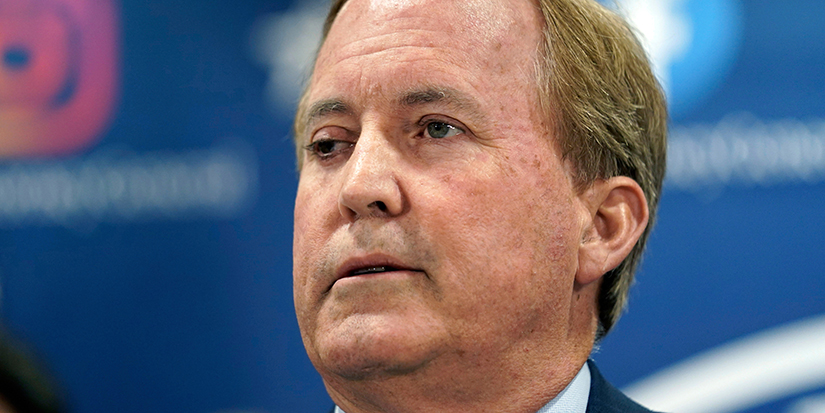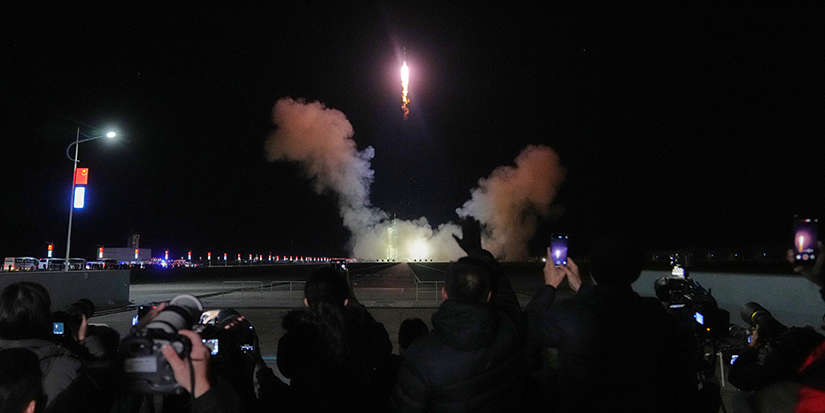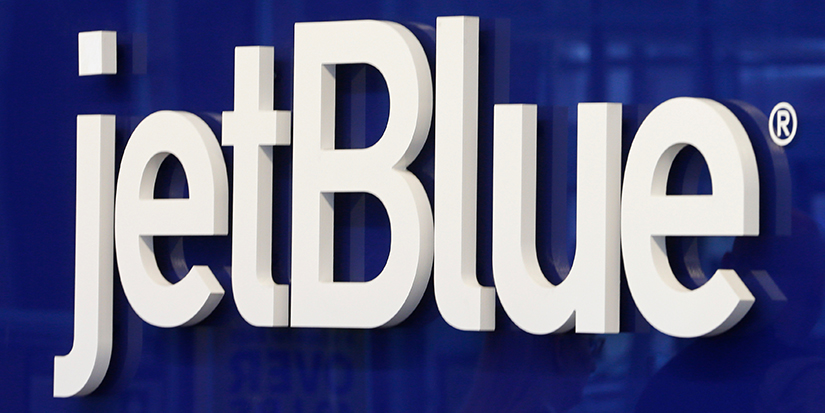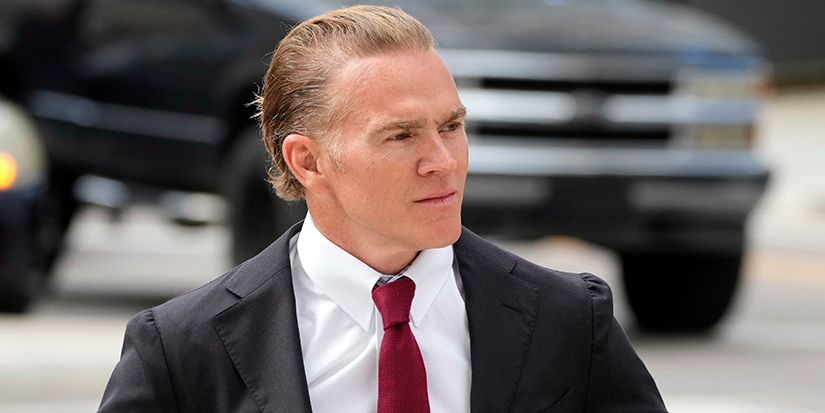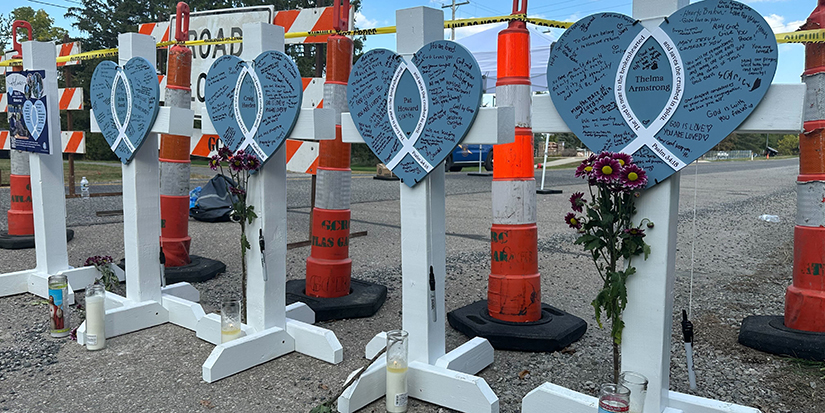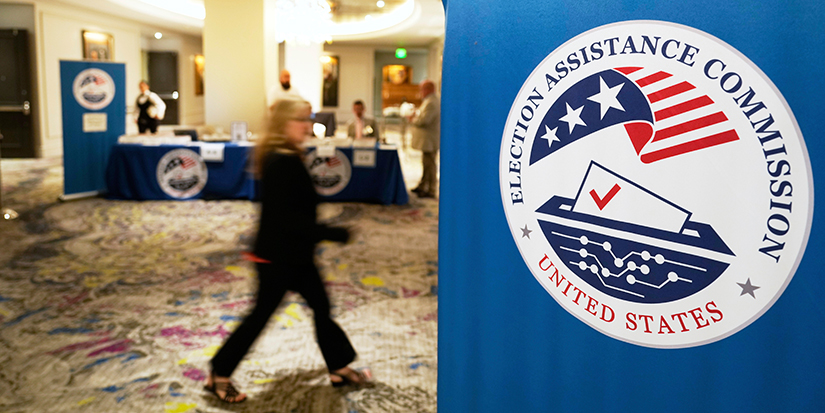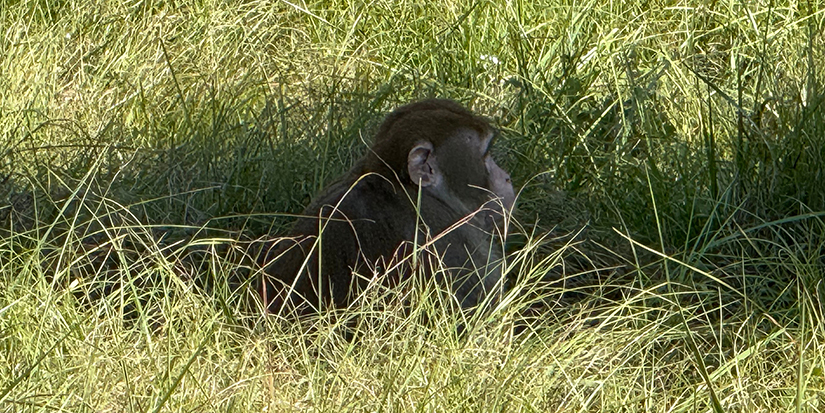Latest News
Wetlands Workforce team tackles Richmond shoreline

By Hannah Scott, Local Journalism Initiative reporter
Published 12:01 PST, Wed February 2, 2022
Last Updated: 12:52 PST, Wed February 2, 2022
—
Richmond’s shorelines are home to many birds, fish, and other animals. And the recent removal of about 3,175 kilograms (7,000 pounds) of garbage and debris will hopefully help that ecosystem thrive.
Thanks to the work of the BC Wildlife Federation’s Wetlands Workforce team, a group of six cleaned up a stretch of the Fraser River between late September and early December 2021. In all, they removed about 9,072 kilograms (20,000 pounds) of debris. The final three weeks of that cleanup were spent in Richmond, where the group worked from the north side of the dike all the way down to Garry Point.
“The river is pushing out the larger pieces of plastic as they hit the ocean and the shoreline; they’re getting mechanically degraded against the rocks and the wood,” says Brianna Iwabuchi, the crew’s field coordinator. “The smaller they get, the more likely they are to be ingested by animals living in these ecosystems. It has an effect throughout the ecosystems, because as soon as it gets into the food web everything’s going to be affected.”
Locals who are interested in helping out can seek out community groups who coordinate their own cleanups, or get a group of friends together to walk along the dike and pick up garbage. Support is available through the city’s Partners for Beautification program.
“A lot of groups come to us and want to get involved, and we want to empower them,” explains Magnus Sinclair, the city’s coordinator of parks programs.
While the city’s waste management team patrols the dikes regularly, Sinclair says the area that was cleaned up by the B.C. Wildlife Federation team is technically outside city property on Crown land. Although the city encourages involvement in local clean-ups, safety can be a concern in some areas like the west dike. If groups’ proposals are not feasible or safe, Sinclair says he tries to connect them with other groups or find alternative ways for them to help out.
“The B.C. Wildlife Federation cleanup was a really great example of how community partners and stakeholders who are invested in the future of Richmond and its sustainability initiatives can work together to achieve these goals that really overlap,” Sinclair adds.
The recent clean-up was made possible by a one-time grant from the B.C. government’s Healthy Watersheds Initiative. The BC Wildlife Foundation is hoping to secure more funding for future projects.
Crew supervisor Adam Luke says the king tide presented some complications, although the team only had to take one day off due to the inclement weather.
About 80 per cent of garbage collected was Styrofoam. Luke says the removal of this material helps to keep microplastics from breaking down to a very small size and entering the food chain. Plastic bags and birthday balloons can be eaten by birds, especially those that have jellyfish in their diets.
Among the other materials collected were several surprising things: two brand-new car bumpers, about 20 tires, and a large ice tote like the ones that would be used for commercial fishing.
Given the scope of this project, Luke says it would be beneficial to repeat it every other year. Getting rid of single-use plastics or creating more biodegradable products would help to get ahead of the problem.
“A lot of my crew was fresh out of school. Leading the project on-site was a great experience for me,” he says. “For us it was a great opportunity to start and finish a project. We’re all environmentalists, we all come from some sort of conservationist background in schooling and passion. Just to get out there and see the impact humans have had, it was nice to have this one-time opportunity. We’ll see what comes up in the future based on grants or public interest as well.”
The efforts of community members are also helpful in preserving the environment. Luke says every step taken makes an impact, and that even one wetland being cleaned up is something to be proud of.
“The No. 1 and 2 easy things people can do: (firstly,) make sure your own habits are addressing the issue. The more single-use plastics you use, the more likely they are to end up in landfill. Even if you’re not the one throwing them away, there are hundreds of ways your piece of garbage can end up in the river,” says Luke.
“(Secondly,) if you’re going along the dike and see a piece of garbage, pick it up. If you don’t, it’s unlikely someone else does.”
People who are interested in getting involved with local clean-ups can look into the city’s Partners for Beautification program or, for youth and teens, Richmond Green Ambassadors.
